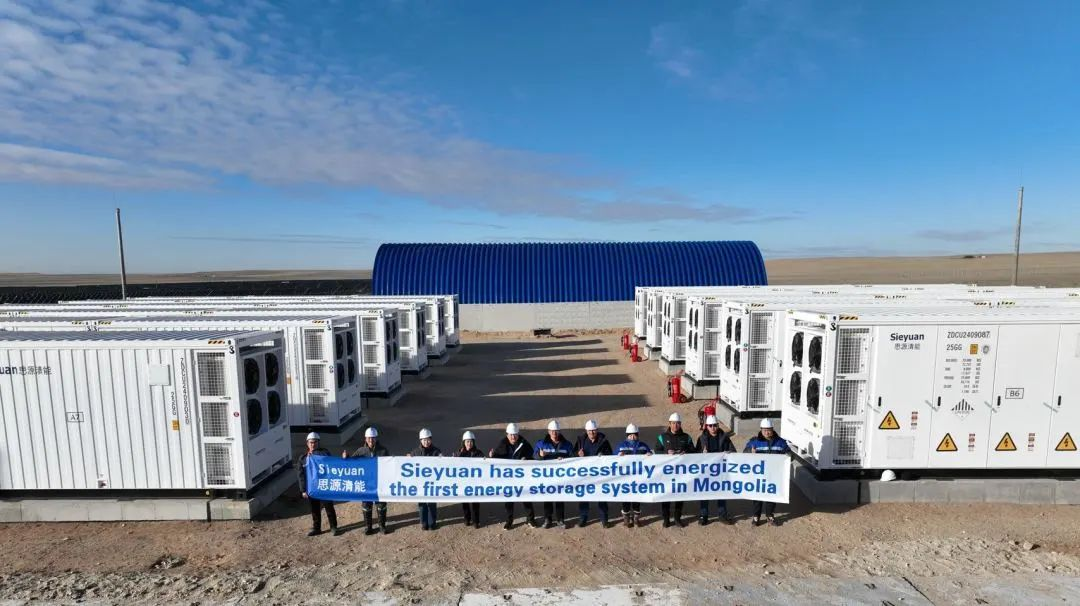Switchgear is quite simply the unsung hero among the electrical devices and systems used today, allowing different electrical systems to be interconnected so as to enable the uninterrupted flow of electricity from the generating stations to the end-users and allows control of the electrical systems centrally. This is some critical equipment that ensures control, protection, and isolation of electric circuits in a grid system. In this blog, we’ll focus on what switchgear is, its importance, its components, its types and applications and the evolution of the switchgear market and current trends within it.
Understanding Switchgear
As much as the name ‘switchgear’ may suggest, a switchgear only includes electrical equipment that is used to control the flow of power within a given power system. It has various components including but not limited to circuit breakers, disconnect switches, fuses, and relays, all of which serve to protect electrical appliances or systems and enhance their functional safety. The primary function of switchgear is to disconnect power supply by opening or interrupting faulty currents, and isolating damaged parts of the grid preventing further damage and maintenance to that part of the system. Due to the nature of people’s desire for electric energy and rate at which intricate energy networks continue evolving, the need for switchgear has been increasing and it has become an indispensable part of modern electrical networks.
Types of Switchgear
To most electrical engineers, the term Switchgear refers to electrical equipment that includes more than just fuses and circuit breakers. There are different types of fuses, circuit breakers, and transformers so needless to say there are also different types of switchgears. The most common types are:
- Air-insulated switchgear (AIS) – This type makes use of tools that are non-contact such as a vacuum circuit breaker to utilize the air as its insulating medium. It is commonly used in substations and industries and is easy to maintain.
- Gas-insulated switchgear (GIS): The Baz gas insulated switchers, which have a minimum volume and can be applied in urban areas where availability is small and the load centers have a high density, contain sulfur hexafluoride (SF6) gas insulating mediums. In many instances, it is very well-liked because of its great dependability and low maintenance needs.
- Hybrid switchgear: Because it combines the capabilities of AIS and GIS, hybrid switchgear is highly versatile, making it ideal for application across different fields ensuring efficiency in renewable energy systems such as solar and wind systems and serving conventional power grids.
Applications of Switchgear
Switchgear is used in many applications such as:
- Power Generation: In generating plants, this equipment is important in switching electricity generated by the generators and supplying it through the grid for operational effectiveness.
- Transmission and Distribution: It plays an important role in long-distance transmission of electric power and distribution of the same to consumers and gates which is essential in the stability of the grid system.
- Industrial Facilities: Downtime is reduced, and productivity is increased because manufacturing facilities use these devices to safeguard their electrical installations and provide a consistent power supply to the operations.
- Renewable Energy: Since the world is making a transition towards cleaner energy sources, the switchgear will play an important role in connecting renewable technologies such as solar and wind to the existing electricity grid.
Industry Trends
Switchgears’ market dynamics have undergone considerable changes punctuated by advancements in the invention of newer technologies. Misael touches on major trends such as:
- Smart Switchgear: The advent of the IoT and thi technoutchologies are modernizing ingidenza; they allow the system to monitor their performance, receive maintenances proactively, and manage energy more efficiently at all times.
- Sustainability: A sincere concern about the carbon emissions circularity has emerged to be a pivot of many manufacturers switchgear units operating in an environmentally friendly manner.
- Digitalization: The movement towards the adoption of digital tools facilitates high levels of efficient and reliable switchgear hence improves data and decision analysis.
Conclusion
To sum up, the switchgear provides a critical role in modern electrical systems for effective and reliable electricity distribution. The growing innovations in the industry means it’s imperative for the industry’s professionals to clearly understand the role of switchgear. Organizations seek advanced switchgear solutions to improve their operational processes and reduce downtimes that advance a more sustainable energy market.
 EN
EN
 AR
AR
 BG
BG
 HR
HR
 CS
CS
 DA
DA
 FR
FR
 DE
DE
 EL
EL
 HI
HI
 PL
PL
 PT
PT
 RU
RU
 ES
ES
 CA
CA
 TL
TL
 ID
ID
 SR
SR
 SK
SK
 SL
SL
 UK
UK
 VI
VI
 ET
ET
 HU
HU
 TH
TH
 MS
MS
 SW
SW
 GA
GA
 CY
CY
 HY
HY
 AZ
AZ
 UR
UR
 BN
BN
 LO
LO
 MN
MN
 NE
NE
 MY
MY
 KK
KK
 UZ
UZ
 KY
KY




